No products in the cart.

Why Sculptures Are More Than Just Decorative Objects: The Benefits Of Adding Art To Your Life
Sculpture is an art form that has been around for centuries. From the ancient Greeks to modern-day artists, sculptors have been carving and molding stone, metal, and other materials into beautiful works of art.
In this article, we will explore the history, types, and significance of sculptures and what makes them so special.
The History of Sculpture
Sculpture has been around since the dawn of civilization. The earliest sculptures were made by the ancient Egyptians, who created large, intricate works of art that were used to decorate temples and other sacred spaces.
The Greeks, Romans, and other ancient civilizations also left their mark on the art of sculpture, with each culture adding their unique flair and style.
Throughout the Middle Ages and the Renaissance, sculpture continued to evolve and take on new forms. Artists such as Michelangelo and Bernini created breathtaking masterpieces that are still admired and studied today.
The Art of Sculpture Today
Today, sculptures continue to inspire and captivate people around the world. Artists like Woodrow Nash are pushing the boundaries of what can be achieved with the medium.
Nash’s sculptures often depict the beauty of the human form, and his unique style adds a touch of whimsy to his pieces.
Sculptures can also be interactive, allowing viewers to touch, move, or even climb on them.
One of the most famous interactive sculptures is the “Bean” in Chicago’s Millennium Park. Made of stainless steel and designed to reflect the city’s skyline, the Bean allows visitors to walk around and underneath it to experience its unique properties.
Why Should I Get a Sculpture?
There are several reasons why you might consider getting a sculpture. Here are some of the top reasons:
- Decorative purposes
A sculpture can add beauty and aesthetic value to your home or office. It can serve as a focal point and enhance the overall look and feel of your space.
- Investment
Sculptures can also be a good investment, as their value can appreciate over time. If you purchase a sculpture from a well-known artist, it could potentially increase in value and become a valuable asset.
- Personal Significance
A sculpture can have personal significance to you, either because it reminds you of something or someone special, or because it represents a particular idea or emotion that is important to you.
- Gift-giving
A sculpture can make a unique and memorable gift for someone special, whether it’s for a special occasion or just to show your appreciation.
- Support for artists
By purchasing a sculpture, you are supporting the work of artists and helping to ensure that their talent and creativity are recognized and valued.
Sculptures by Woodrow Nash: The Magic of the Human Form
When it comes to capturing the beauty and essence of the human form in sculpture, few artists can match the talent of Woodrow Nash. With over 30 years of experience in the art form, Nash has become known for his unique style that blends traditional techniques with a touch of whimsy.
Nash’s sculptures are a true celebration of the human form. From the curves of a woman’s body to the strength and power of a man, his pieces capture the beauty of life in stunning detail.
Whether it’s a large public installation or a small figurine, sculptures by Woodrow Nash are guaranteed to captivate and inspire viewers.
One of the things that makes Nash’s work so special is the attention to detail he brings to each piece. From the texture of the skin to the expressions on the faces, every element of his sculptures is carefully crafted to create a work of art that is both beautiful and meaningful.
Top 4 Importance of Sculptures in This Modern World?
The importance of sculptures in the modern world is significant, and there are many reasons why this art form continues to thrive and evolve.
Here is the importance of sculptures:
- Preservation of history and culture
Sculptures serve as a record of our history and culture, depicting important people, events, and ideas that have shaped our world. They allow us to visually connect with the past and understand our cultural roots.
- Communication and expression
Sculptures are a powerful medium for communicating ideas and emotions. They provide a way for artists to express their thoughts and feelings in a tangible form that can be experienced by others.
- Beauty and aesthetics
Sculptures are often admired for their beauty and aesthetic value. They can enhance the look and feel of public spaces, as well as add value to private collections.
- Tourism and economic development
Sculptures can draw visitors to a city or region, boosting tourism and economic development. They can be a significant source of revenue for local businesses, while also providing cultural enrichment for visitors.
The Beauty of Sculpture
Sculptures can convey a wide range of emotions, from joy and beauty to sorrow and tragedy. They can also have hidden messages or meanings, adding to their intrigue.
The Venus de Milo’s missing arms, for example, make the sculpture more mysterious and intriguing.
In many ways, sculptures are like frozen moments in time, capturing the essence of life in solid form. They remind us of our shared human experience and connect us with the past and the present.
Whether it’s a towering statue in a public square or a small figurine on a desk, sculptures continue to inspire and fascinate us today.
What are the 6 Types of Sculpture?
Some of the most popular types of sculptures include:
- Figurative Sculpture – Sculptures that depict the human form, animals, or other recognizable objects.
Figurative sculpture has a rich history and is a staple of the industry. This type of sculpture requires a high level of technical skill and attention to detail to accurately capture the beauty and essence of the human form.
Figurative sculptures can be stylized or abstract, depending on the artist’s vision and technique.
- Abstract Sculpture – Sculptures that do not attempt to represent any specific object or figure and focus on shape, form, and color.
Abstract sculpture is a technique that has gained popularity in recent years. It involves the exploration of shape, form, and color without trying to depict any specific object or figure.
This type of sculpture is often made from a variety of materials, such as metal, stone, and wood, and requires a high level of technical expertise to create.
- Installation Sculpture – Sculptures that are designed to be placed in a specific location, such as a park, museum, or other public space.
Installation sculptures are large-scale works of art that are designed to be placed in a specific location. They are often created to convey a particular message or to make a statement about the world around us.
These sculptures can be made from a variety of materials and often incorporate the environment in which they are placed.
The Significance of Sculpture in Art and Culture
Sculpture has played a vital role in the history of art and culture. From the towering sculptures of ancient Egypt to the abstract works of contemporary artists, sculptures have always been a way for artists to express themselves and to leave a lasting impression on the world.
If you’re interested in experiencing the magic of Woodrow Nash’s sculptures for yourself, be sure to check out his gallery or consider contracting him for a custom piece.
Whether you’re a collector looking for a new addition to your collection or someone who simply appreciates the beauty of sculpture, Woodrow Nash’s work is sure to leave a lasting impression.
Don’t miss out on the opportunity to see his stunning sculptures in person!


